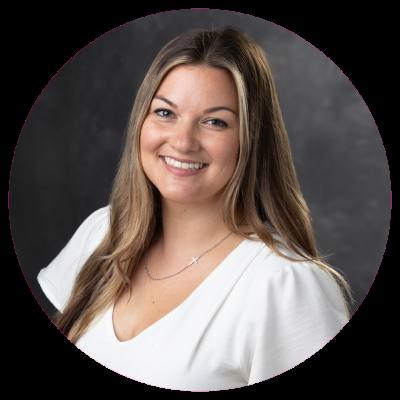Every spring, major thoroughfares in The Woodlands blossom with colorful wildflowers for the enjoyment of residents, commuters and wildlife. Marcus Fiedler, director of landscape management for The Woodlands Development Company, is the man responsible for creating this annual spectacle.
Originally from Mission, Texas, Fiedler and his high school sweetheart, Brooke, moved to Huntsville in 1999 to attend Sam Houston State University. After getting a job with a small landscaping company while in college, Fiedler quickly found his niche and switched his focus from general business to horticulture.
Fiedler continued to work with the same company throughout college and upon graduation had earned both a degree and four years of experience. Fiedler married Brooke, and the couple moved to The Woodlands shortly after graduation. He then accepted the assistant superintendent position at The Palmer Golf Course.
After a year at the golf course, Fiedler moved on to work for a large landscaping company that was servicing The Woodlands before assuming his current role with the Development Company in July 2012, where he works to beautify the community.
What are your job duties as director of landscape management?
I’m actually part of the land development department here with The Woodlands Development Company, so basically I’m the guy who gets to come in and tries to make everything look nice and pretty and green after we get finished developing new residential sections or commercial areas. A big part of that is reforestation and trying to re-establish the native forest. A lot of times when you develop, you tend to lose some of that. But I think that’s part of what makes The Woodlands a unique place—because we are able to set aside portions of the development to remain natural and to develop a community amongst a forest.
What does the upcoming Wildflower Festival entail?
Well, we do the Wildflower Festival every year, and it’s a big event. I don’t get too involved in it anymore, but I used to work every single one of them—I’d be one of the guys handing the seed packets out and showing [visitors] the wildflower seeder and the tractor, and how we do all that. But it’s a really cool event, and each sponsor sponsors a specific wildflower. So they hand out that particular seed to residents and anyone else that wants to take part in the event. So it’s advertising for people but also showing support for the community, so it’s a pretty neat deal.
What types of wildflower seeds will be given out at this year’s festival?
We hand out a lot more than what I actually seed here in The Woodlands, but we have two different categories: bluebonnets and wildflowers. We’re in Texas, so bluebonnets are the most important, but they’ll also hand out black-eyed Susans, scarlet flax, corn flower, Indian paintbrushes, poppies, Indian blankets and primrose.
How many wildflower seeds are planted each year in The Woodlands?
The Woodlands Development Company in partnership with The Woodlands Township plants roughly 800 pounds of wildflower seed each year. Eight hundred pounds goes a pretty long way, and bluebonnets make up about half of that.
When should wildflower seeds be planted?
The best time for us to plant wildflowers is October—my deadline is by Nov. 1—and then weather permitting, you’ll usually see them bloom anywhere from February through April. If [the seeds] get enough rain—not too much but just enough—they may extend into the early summer.
What are some environmental benefits of planting wildflowers?
When we plant wildflowers, it cuts down on our roadside mowing, meaning we’re not running diesel engine tractors out on the highway all year-round. I think the wildflowers are great for wildlife, plus we don’t have to water wildflowers or fertilize the soil, so it’s natural beauty.
Does The Woodlands set aside land specifically for wildflowers?
We seed wildflowers in the right of way of all major thoroughfares because we want everyone in the community to enjoy them. Sure, we could go into the very back neighborhood in a particular village and plant them but not everyone will see them. So we try to make as much of an impact as we can—that way everyone can enjoy them. I always tell people, ‘You only have one chance at a first impression,’ so we want that to be a lasting impression.




